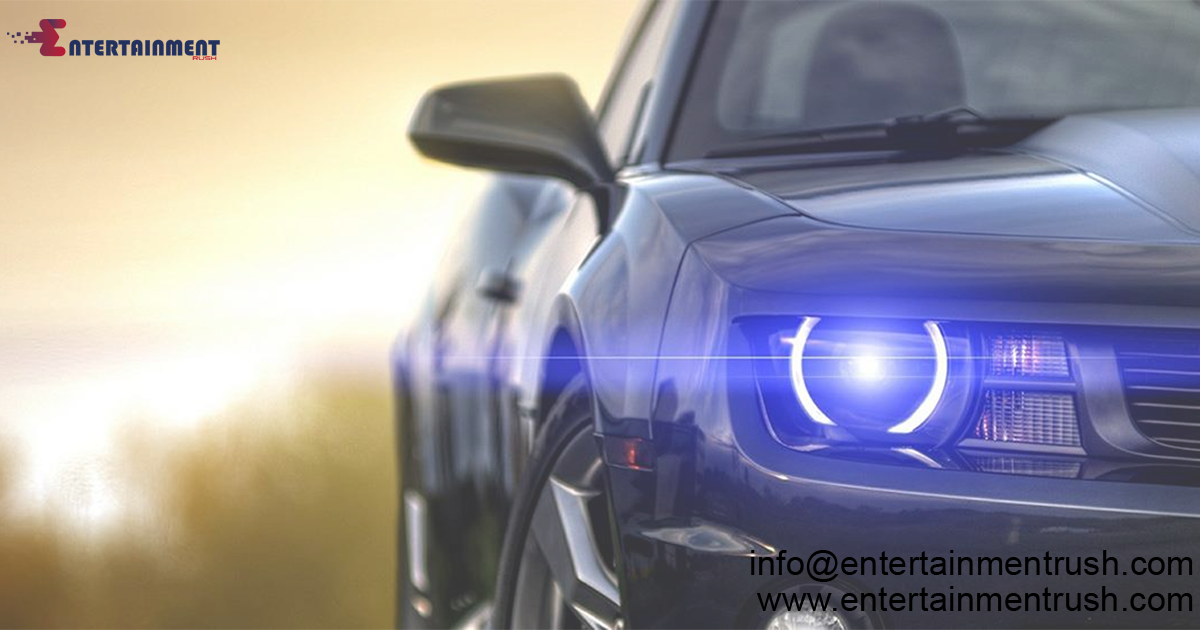In recent years, the automotive industry in the United States has witnessed significant advancements in lighting technology that go well beyond the traditional options of LEDs (Light-Emitting Diodes) and Xenon headlights. These innovations are not only transforming the aesthetics of vehicles but also enhancing safety, efficiency, and overall driving experience. From adaptive lighting systems to laser headlights, the landscape of automotive lighting is evolving rapidly, offering exciting possibilities for manufacturers and consumers alike.
The Evolution of LED Technology
LEDs have revolutionized automotive lighting with their energy efficiency, durability, and versatility. They consume less power compared to traditional halogen bulbs and have a longer lifespan, making them a popular choice for both exterior and interior lighting applications. LEDs also provide designers with greater flexibility in creating unique lighting signatures and dynamic lighting effects that contribute to the visual appeal of modern vehicles.
Beyond LEDs: Adaptive Lighting Systems
One of the notable advancements in automotive lighting is the development of adaptive lighting systems. These systems use sensors and cameras to adjust the direction and intensity of headlights based on driving conditions. Adaptive headlights can swivel in response to steering input, providing better illumination around curves and corners. They can also automatically dim certain sections of the light beam to prevent blinding oncoming drivers while maximizing visibility for the driver.
Laser Headlights: Pushing the Boundaries of Illumination
Laser headlights represent another leap forward in automotive lighting technology. While still relatively new, laser headlights offer several advantages over conventional lighting systems. They can illuminate the road ahead with exceptional brightness and clarity, extending visibility beyond the range of traditional headlights. Laser diodes are much smaller than LEDs, allowing for more compact headlight designs while delivering superior performance in terms of luminosity and energy efficiency.
Enhanced Safety Features
Advancements in automotive lighting technology contribute significantly to improving safety on the road. Adaptive headlights help drivers see better in challenging conditions such as rain, fog, or uneven terrain. Dynamic turn signals, which use sequential lighting to indicate the direction of a turn, enhance visibility for other drivers and reduce the risk of collisions. Additionally, advanced lighting systems can detect pedestrians or cyclists and adjust the light pattern accordingly to avoid glare and improve awareness.
Regulatory Considerations and Consumer Preferences
As automotive lighting technology continues to evolve, regulatory agencies such as the National Highway Traffic Safety Administration (NHTSA) and the Insurance Institute for Highway Safety (IIHS) play a crucial role in establishing safety standards and guidelines. Manufacturers must ensure that new lighting technologies comply with these regulations while meeting consumer expectations for performance, reliability, and aesthetics.
Environmental Impact and Energy Efficiency
Beyond safety and aesthetics, advancements in automotive lighting technology also have environmental implications. Energy-efficient lighting solutions like LEDs and laser headlights contribute to reducing fuel consumption and greenhouse gas emissions. By consuming less power compared to conventional lighting systems, modern automotive lights help vehicles operate more efficiently and sustainably.
The Future of Automotive Lighting
Looking ahead, the future of automotive lighting promises even more exciting innovations. Research and development efforts are focused on integrating lighting systems with vehicle-to-everything (V2X) communication networks to enhance connectivity and safety. Emerging technologies such as OLEDs (Organic Light-Emitting Diodes) and micro-LEDs hold potential for further miniaturization and customization of lighting designs. advancements in automotive lighting technology in the United States are pushing the boundaries of innovation, efficiency, and safety. Beyond the widespread adoption of LEDs and Xenon headlights, adaptive lighting systems, laser headlights, and other cutting-edge technologies are reshaping the automotive landscape. These advancements not only improve visibility and safety on the road but also contribute to the overall sustainability of the transportation industry. As manufacturers continue to invest in research and development, drivers can look forward to a brighter, safer, and more visually captivating driving experience in the years to come.




Leave feedback about this